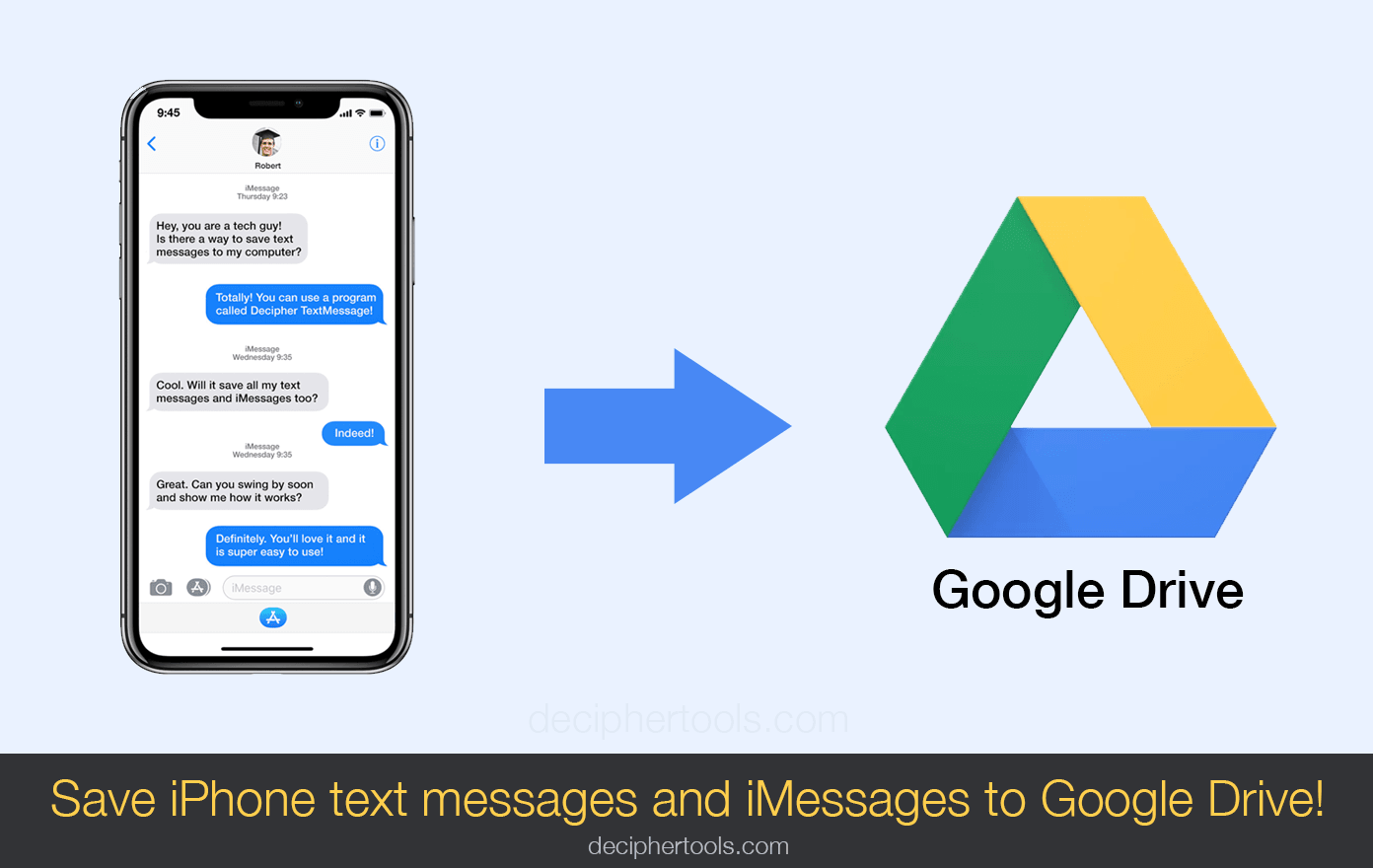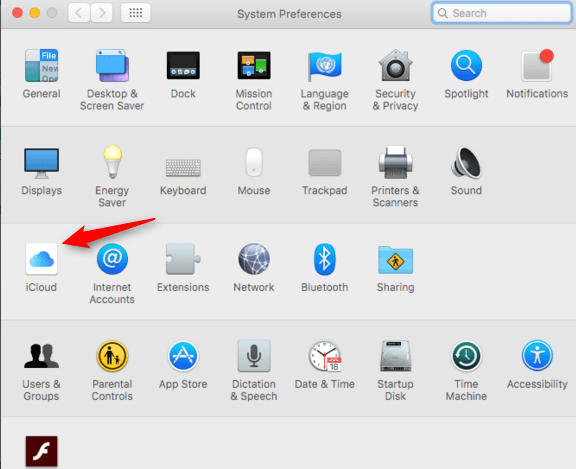

- #Copy any password pro to flash drive pdf
- #Copy any password pro to flash drive windows 7
- #Copy any password pro to flash drive windows
Once you insert a USB drive, right-click on it and select the Turn on BitLocker command from the menu, as shown in Figure A.įigure A When you right-click on a USB drive in Windows 7, you'll see the Turn on BitLocker command.Īs soon as you do, BitLocker To Go will begin initializing your USB drive, as shown in Figure B. Setting up BitLocker To Go on a USB drive is a simple procedure. Furthermore, the policy can specify password length as well as complexity.įor a comparison, check out " Product Spotlight: IronKey Encrypted Flash Drive." Setting up a USB drive In a Domain system, IT administrators can configure a policy that requires users to apply BitLocker protection to removable drives before being able to write to them.

When you connect the USB drive to a computer running XP or Vista, the BitLocker To Go Reader takes control, prompts for the password, and then basically makes the USB drive a read-only device.īitLocker To Go can be used by both home and business users.
#Copy any password pro to flash drive windows 7
When you connect the USB drive to a Windows 7 computer, you are prompted for the password, and upon entering it you can read and write to the drive as you normally would.ĭuring the encryption process, Windows 7 installs a special reader on the USB drive. Without the password, the USB drive is worthless.
#Copy any password pro to flash drive pdf
This blog post is also available in PDF format as a free TechRepublic download and as a TechRepublic Photo Gallery.īasically, BitLocker To Go allows you to encrypt a USB drive and restrict access with a password. In this edition of the Windows Vista and Windows 7 Report, I'll introduce you to BitLocker To Go and show you how it works on a 1GB USB thumb drive. To protect sensitive data stored on USB drives, Microsoft Windows 7 features the encryption scheme called BitLocker To Go. With the huge increase in the use of very small, large capacity, USB drives, the potential for sensitive data to be lost or stolen has really become more of a problem because it is much easier to lose or steal a device no bigger than a package of chewing gum.

When Microsoft introduced Windows Vista, one of the big security features in that operating system was BitLocker, a hard drive encryption scheme designed to protect sensitive data from being accessed on lost or stolen computers - mainly laptops. Greg Shultz thought we should revisit the topic because encryption is generally underutilized. This blog post was originally published in May 2009.


 0 kommentar(er)
0 kommentar(er)
